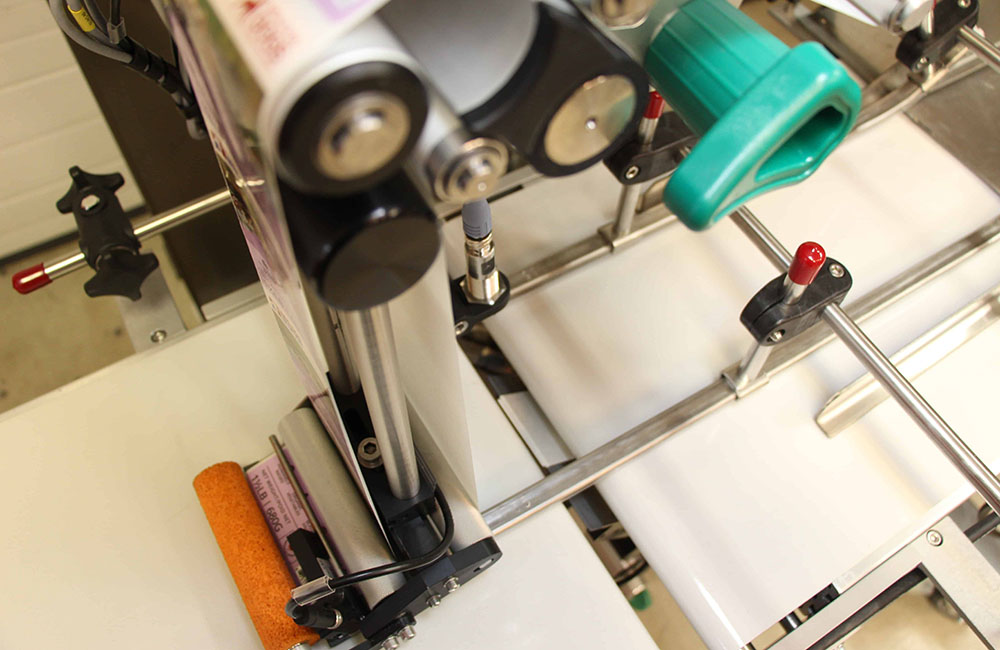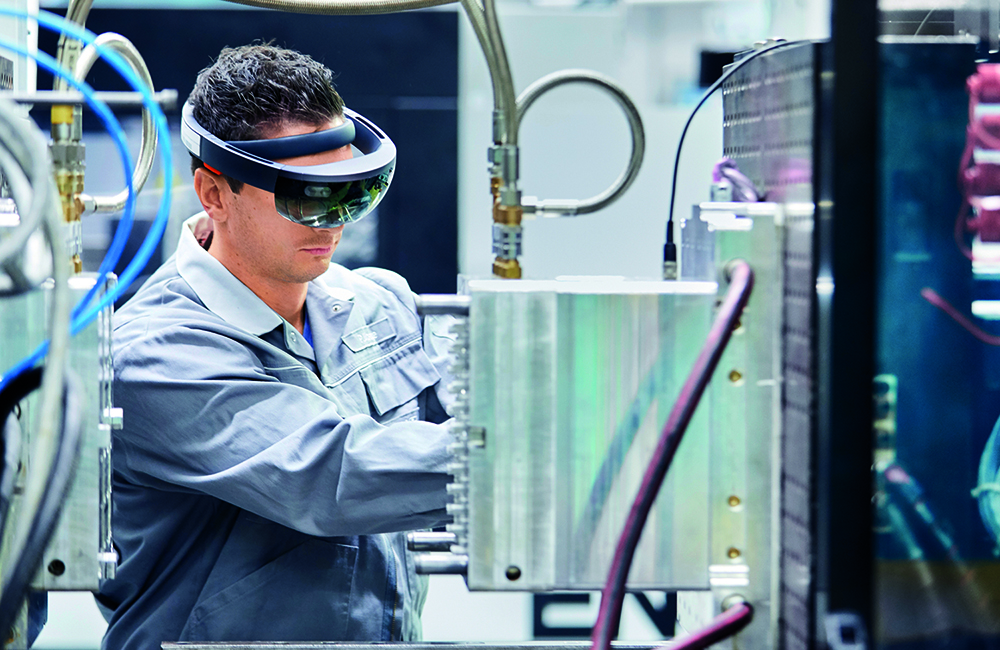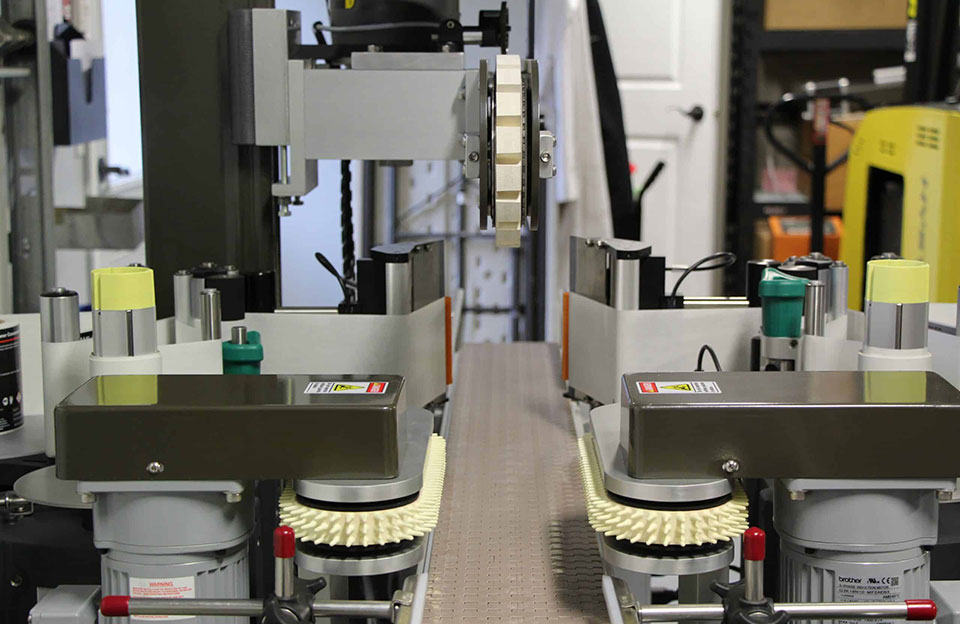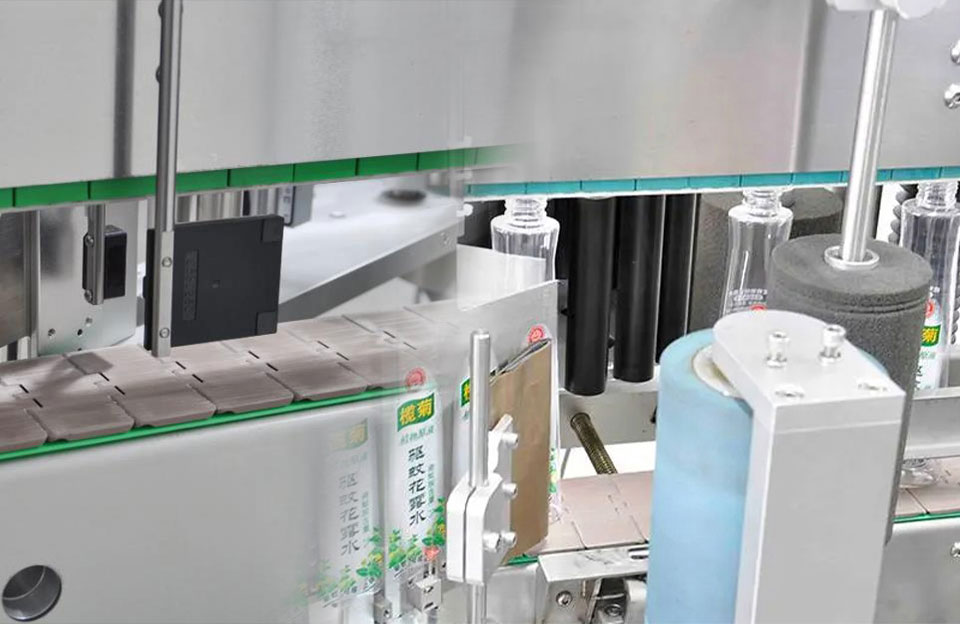Label application technology is crucial in product identification, packaging information communication, and overall branding across various industries.
Label application technology enables products to be easily identified among various offerings. Labels carry important details such as product names, models, serial numbers, and unique identifiers. This is essential for inventory management, tracking, and providing customers with accurate information.
Different Types of Label Application Techniques
Different label application techniques are crucial in various industries, enabling efficient product identification, branding, and information dissemination. Let’s explore some of the key label application techniques and their characteristics:
- Roll-on Labeling: Roll-on labeling, also known as pressure-sensitive labeling, involves applying pressure and adhesive labels. Labels are typically fed from a roll, and a labeling head precisely applies them onto the product’s surface. This versatile technique is commonly used for packaging bottles, containers, and other curved surfaces.
- Vacuum Labeling: Vacuum labeling employs a vacuum mechanism to hold labels in place before they are adhered to the product. This technique is especially suitable for irregularly shaped or delicate products, ensuring accurate label placement without damaging the surface.
- Air-Blow Labeling: Air-blow labeling uses compressed air to position labels before they are affixed to the product. This technique is suitable for high-speed labeling applications and is often used in industries demanding rapid label application.
- Front-Back Labeling: Front-back labeling involves applying labels to a product’s front and back in a single pass. This technique is common in industries where products require labeling on multiple sides, such as beverages or food packaging.
- Top & Bottom Labeling: Top and bottom labeling applies labels to a product’s top and bottom surfaces. It ensures complete coverage and is commonly used for cases, cartons, and packaging boxes.
- Print-and-Apply Labeling: Print-and-apply labeling combines label printing with application in one process. Labels are printed on-demand, and a labeling head immediately applies them to the product. This technique is suitable for dynamic coding and variable data labeling.
- Sleeve Labeling: Sleeve labeling involves using heat or shrinkable film to apply a sleeve-like label to a product. The label conforms to the product’s shape when applied heat, offering 360-degree coverage. Sleeve labeling is popular for beverages and containers with unique shapes.
- Direct Transfer Labeling: Direct transfer labeling utilizes a silicone pad or roller to pick up labels from a carrier and transfer them to the product’s surface. This technique is used for delicate or irregularly shaped products and provides high precision.
- Wet Glue Labeling: Wet glue labeling, also known as cut-and-stack labeling, applies labels using a glue adhesive. Labels are cut and glued onto the product’s surface. This technique is commonly used in the beverage and pharmaceutical industries.
- RFID Labeling: RFID (Radio-Frequency Identification) labeling incorporates RFID technology into labels, enabling products to be tracked and identified using radio waves. This technique is valuable for supply chain management and inventory tracking.

Top & Bottom Labeling
Each label application technique offers unique benefits and suits specific product and industry requirements. Understanding these techniques helps industries choose the most appropriate, efficient, and accurate label application method.
Technological Innovation of Label Application Technology
Technological innovation has significantly transformed label application technology, enhancing precision, speed, and versatility across various industries. Here’s an exploration of some key technological innovations in label application technology:
- Automation and Robotics: Advanced robotics have revolutionized label application. Robotic arms with vision systems can precisely position labels on products of varying shapes and sizes. Automation streamlines the process, reduces human error, and increases production speed.
- Sensor Integration: Modern label applicators incorporate various sensors such as optical, ultrasonic, and capacitive sensors. These sensors ensure accurate label positioning, detect product presence, and monitor label supply, leading to consistent and error-free application.
- Adaptive Labeling: Adaptive labeling systems use real-time data to adjust label placement based on the product’s position and orientation. This technology is vital for irregularly shaped products, ensuring labels are applied accurately, even on curved or uneven surfaces.
- RFID Integration: Radio-Frequency Identification (RFID) technology has been integrated into label application systems. RFID labels enable seamless tracking, tracing, and identification of products throughout the supply chain, enhancing inventory management and reducing errors.
- Vision Systems and Image Recognition: Advanced cameras and image recognition software enable label applicators to identify products, detect label presence, and adjust label placement. This technology ensures labels are applied correctly, even in high-speed production environments.
- Print-and-Apply Systems: Print-and-apply systems combine label printing and application in a single step. These systems generate labels on-demand, allowing for variable data printing and ensuring accurate labeling of each product.
- Augmented Reality (AR) Guidance: AR technology provides real-time guidance for label placement. Workers can see virtual markers superimposed on the product through AR glasses, ensuring precise label positioning without extensive training.
- Machine Learning and AI: Machine learning and artificial intelligence analyze data from previous labeling processes to optimize label placement algorithms. These technologies adapt and improve label positioning accuracy over time.
- Sustainable Materials and Practices: Innovations in label materials focus on sustainability. Biodegradable, compostable, and recyclable label materials reduce environmental impact. Additionally, efficient adhesive application techniques minimize material waste.
- Remote Monitoring and Control: Label application systems can be monitored and controlled remotely through connected technologies. This allows for real-time performance monitoring, troubleshooting, and adjustments, enhancing efficiency and minimizing downtime.
- Integration with ERP Systems: Integration with Enterprise Resource Planning (ERP) systems allow label application processes to be synchronized with inventory management, production planning, and quality control systems, enhancing overall operational efficiency.

Technological Innovation of Label Application Technology AI
Technological innovation continues to reshape label application technology, optimizing efficiency, accuracy, and sustainability. These advancements empower industries to meet evolving consumer demands, streamline production, and improve supply chain management.
Conclusion
Label application technology ensures accurate, consistent, and efficient communication of critical information to consumers, distributors, and regulatory bodies. It enhances product visibility, safety, and overall customer experience while supporting logistics and supply chain operations.


